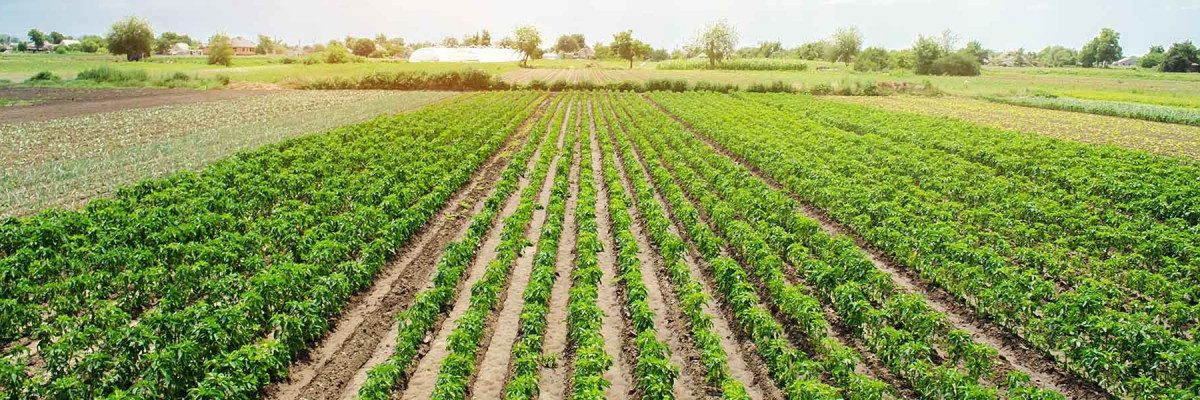Doing business

The annual Oxford Real Farming Conference 2023 was held in the UK, focusing on the agribusiness sector. Along with traditional challenges like yields, raising healthy livestock, and optimizing costs, the topic of agroecology became especially important. In simple terms, it is sustainable agriculture that studies the relationship between plants, animals, people, and the environment and seeks to balance them mutually. It is also the application of ecological concepts and principles in agriculture.
The Foggy Albion farmers who participated in the event presented their agro-ecological business cases. Some of them can be used by Ukrainian farmers.
“Real Food Garden” farm in Cornwall has a small two-acre plot with a farm store. Here they grow vegetables and fruits, sell them in special “boxes” by subscription, and keep pigs. They are the ones who help ensure the high fertility of the land, forming a closed cycle of production on the farm.
First, clover and ryegrass are sown here to increase nitrogen levels, which is one of the 5 basic elements of plant nutrition. Their root system tends to store this gas, which the soil needs for high fertility. Then the grasses grown and the residues from their sowing and harvesting are given to the pigs, they produce humus, which becomes the last element before planting vegetables and fruits, which ensures an ecological harvest at minimum cost.
“Home Farm” from Dorset County also turned to agroecological farming methods when they began to observe declining grass growth and nitrogen, phosphorus and potassium levels in the soil on their dairy farm. To remedy the situation, the farmers used an unconventional solution that was already producing positive results.
These are herbal leys – special mixtures that are sown in pastures and consist of legumes, mixed grasses and sometimes cereal species. They can be sown on arable and horticultural land or vegetable fields. For greater effect, mass grazing is used along with this technique to stimulate grass growth and zero tillage so that the soil retains as much carbon as possible. As a result of proper application of grass leys:
“Priory Farm” in the Cotswold area of Gloucestershire faced the problem of the high cost of fertilizer and therefore the low profitability of the crop business.
Their search for an alternative led them to the technology of using permanent live mulch on litter. This is a special cover crop sown to the main crop. Live mulch grows together with the main crops for a long time, allowing:
The farm owners also expanded the crops of conventional cover crops and began planting clover under wheat, because the soil structure improved significantly after the first season.
Get more business and investor tips, current content and digital products from DIA on our Telegram and Facebook resources and on the Agency’s official website.